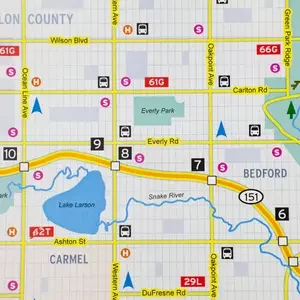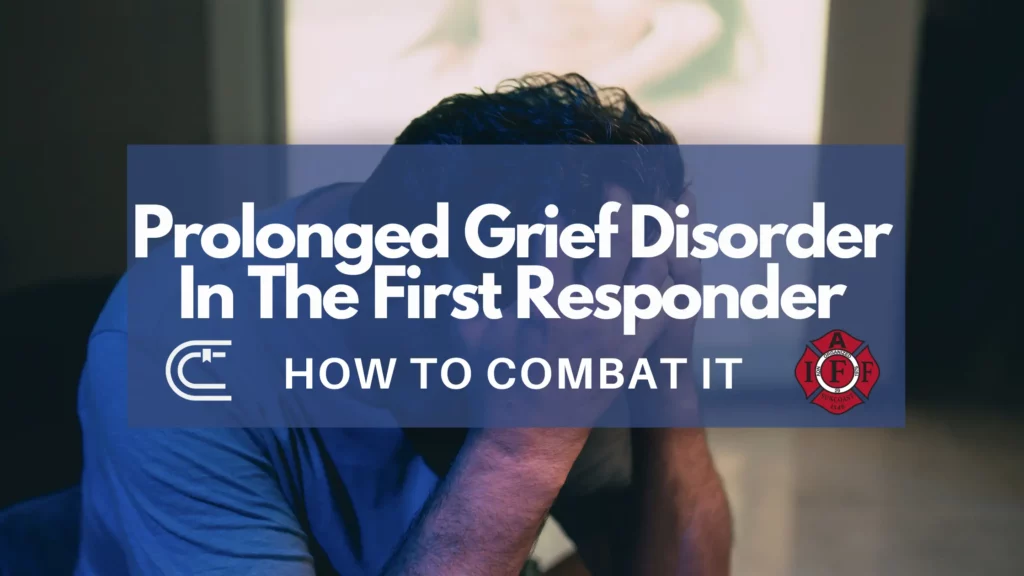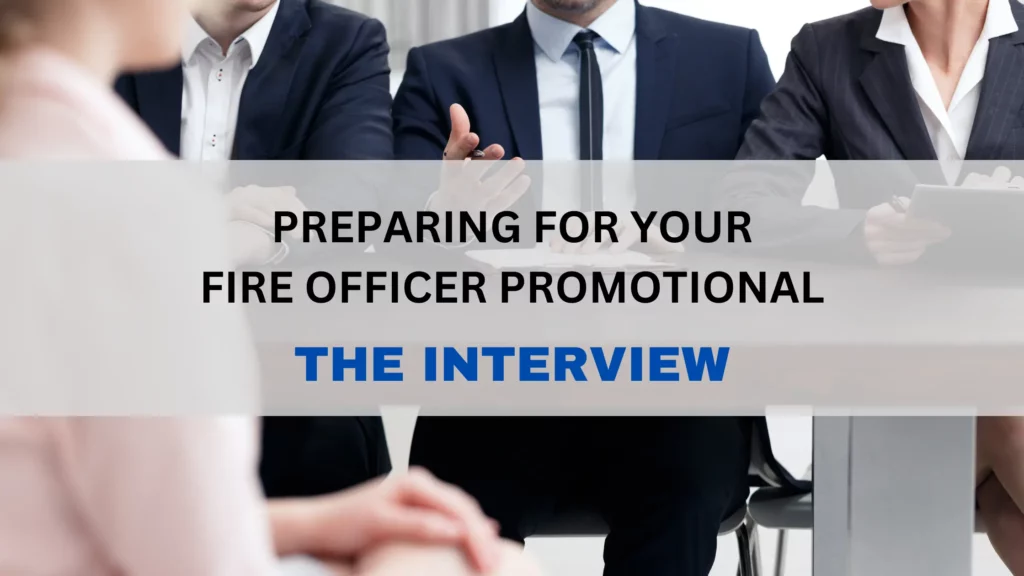Enroute: What to do while responding to a 911 call.

Engine 4 Enroute. Now what?
I have been writing a series of blogs from start to finish about a 911 call and some tips and suggestions that I have been learning as I study to become a fire officer in my agency.
While responding the other day to a run-of-the-mill medical call, I was thinking of everything I do to prepare for even the most mundane, potentially mentally automatic call for service. Because we all know what we are thinking, maybe a run-of-the-mill call may catch us off guard.
Even before arriving on-scene and performing that amazing 360 size-up, we must get to the call first.
Digesting the information.
As a dispatch comes in, we are listening for many things to help us prepare ourselves and our crews for success:
- What is the call for?
- What time of day and week is it?
- Where is the call?
- What units are responding?
- Are those units appropriate?
- Where are the units responding from?
- What is the weather like?
What is the call for?
A fire call is going to need different resources, PPE and considerations than a medical call, or motor vehicle accident. The call type is one of the leading events that helps shape the rest of your response and should be helping you to begin to hone the questions you have about the response.
What time of day and week is it?

Are you responding to a high school at 0300 on a Saturday, or are you going to a reported fire at 0900 Monday morning?
Obviously, both would make a difference in how you approach the situation and your tactical considerations. Similar to a house fire in the middle of the night versus a home on fire during the middle of the weekday.
Are you responding to a church on Sunday? Is it maybe Christmas Eve? Are there going to be an abnormal amount of people there?
All of these considerations should get your brain flowing as you hear the tones coming across. Only it should take you several seconds to digest.
Where is the call? What units are responding? Are those units appropriate? Where are they coming from?
Are we responding to a call outside our first due district, and are all the other units coming from training out of their zones as well. Will this result in a delay in response time?
Did dispatch assign the correct units for the alarm type? We may need to make sure we have appropriate units added to the response to ensure we have the right resources when we arrive. Especially if it is going to take extra time to wait for them to come. Maybe an apparatus closer to the incident is on a call and can be cleared quickly to jump the call to be closer first, and they just need a nudge.
We are in the business of providing excellent services to those we protect, and it takes the entire team.

What is the weather like?
In our previous blog where we discussed UL testing of fire progression. We discussed the importance of controlling the flow path of a fire. If we open the front door to a big wind, we may be doing ourselves a major disservice, potentially causing more damage than good. Hazmat calls, brush fires to ensure you’re not parked in the path of the fire, smoke positioning, etc. All rely on wind conditions and weather.
Boarding the apparatus and on the way to the call.
We’ve done the basics, selected our appropriate PPE, and begun to brainstorm how we will implement an incident action plan to mitigate the emergency we are being called to, of course, being mindful our plans can always change and even do a complete 180 degree.
We now have several minutes of riding in the cab. There are still things we can do to further ensure our success.
If your department has computer-aided dispatch (CAD) I like to look up previous calls for service at a residence, when I am on the rescue I like to pull up the medical information of the party at the home, so not only can I greet them by name, but I can also begin to prepare for what medical emergency they may be experiencing during this call.
Even on a fire call, medical information or past 911 call information can be important. Does anyone at the address have any impairments? Risks to personnel?
I then begin to look at the placement of the apparatus, which roads do I want to come in on? Where are my water sources? What am I going to use for a staging area? What am I going to use for a helicopter landing zone if needed?
Game plan, brainstorm, and delegate.
Now is the time to take advantage of discussing all of the findings and thoughts you are having with your crew. Bounce ideas off everyone, and ensure you delegate tasks so that when you arrive on the scene, they are ready to be accomplished as you desire.
Conclusion.
It is amazing to me to think of all the intricacies of how we respond to a call, and how many steps there really are in ensuring safe and successful operations while answering 911 calls for service. This article probably took you 5 minutes to read, but a lot of the tasks mentioned will be accomplished in seconds in your brain.
The purpose of this blog is to have a dialogue with aspiring fire officers and those crew members at your stations.
Let’s spark that learning spirit of being the best firefighters we can be.
We will see you for more dialogue and educational opportunities like this on our next post.
Be sure to follow Couch Courses on Facebook, Instagram, Twitter, and LinkedIn for special offers, new courses, and more!





